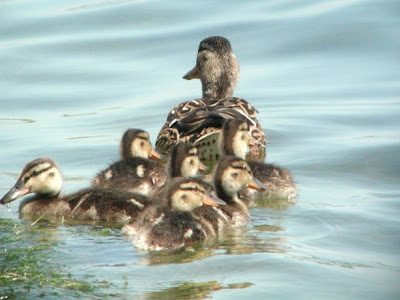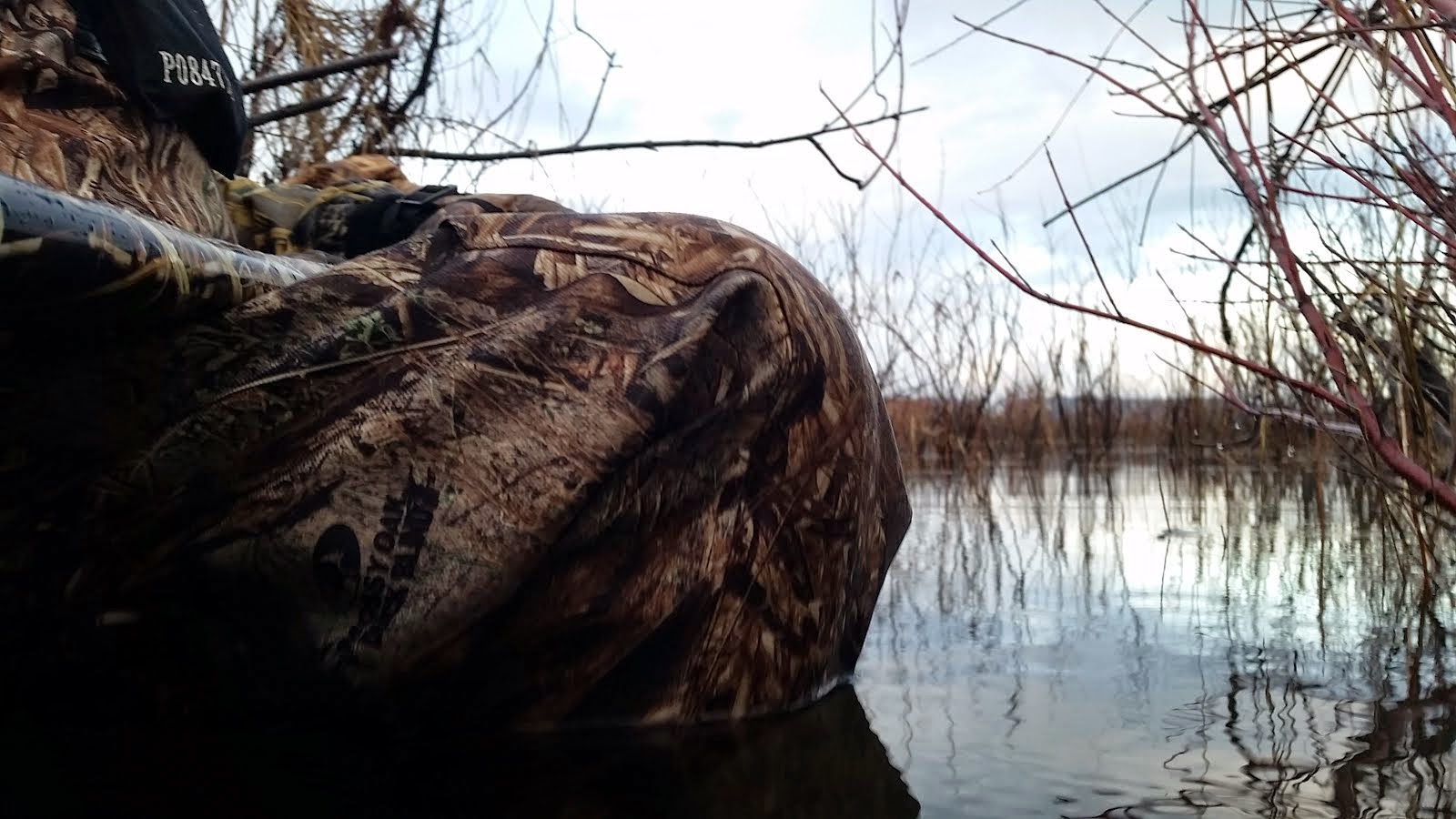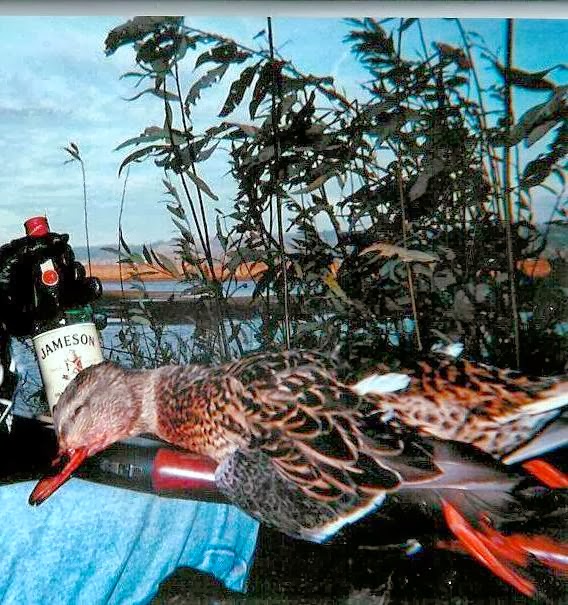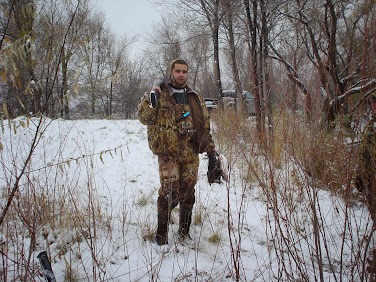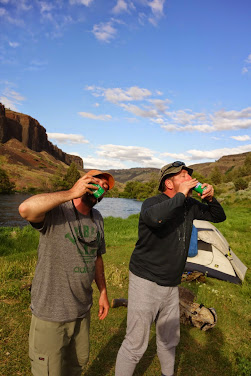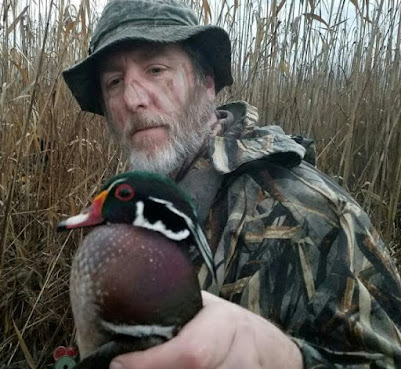Look at the form.
The flowing grace.
The fluidity of the shot.
All this can mean only one thing, it's golf time again. Now that hunting season is but a distant memory and the ducks all have their little brood to tender it is time to switch gears. The spring tour of the HOY7 hutning team has begun. In fine fashion too. The tours current leader is none other than Robert DaFolder, by a healthy margin of about 24 strokes or so. After a soggy round at the long playing Great Blue course I steped out to an early lead.
This week the tour moved to the historic Eastmoreland course (Once voted on of the best 40 public courses in the US. Now, who knows?) where we burned up the links again. I started strong but had a poor finish and allowed Fred G to creep back into the chase. After 15 it was all even but Fred's subtle mind game got the best of me and I "topped one into the water" giving him the lead. By the end of the day I was still on the top of the leader board and the money list but my domination is clearly slipping.
Let the games begin. And if you are asking just where the heck Mr. Chucker Sr. was in all this, keep in mind that we are too.
GBCH
